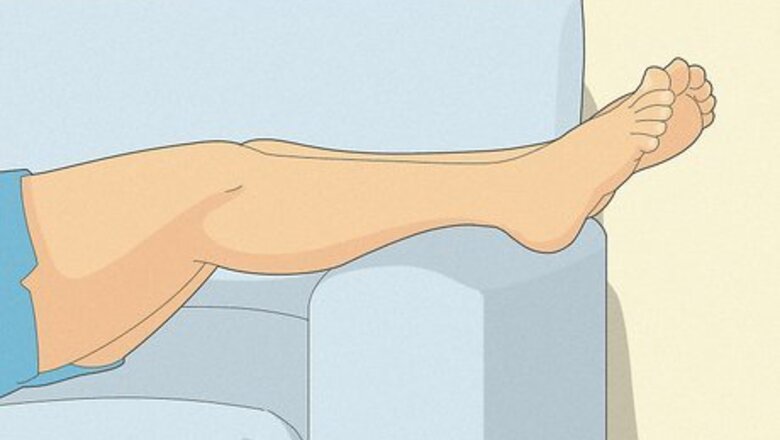
views
Immediate Relief for Shin Splints
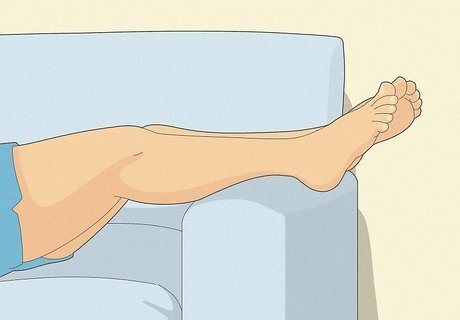
Take a rest. Since shin splints are almost always caused by exercising too much, the first thing to do is ramp down your workout routine to something you can accomplish without pain. Resting allows the swollen muscles along your shin bone to heal. Avoid sprinting, running, or walking too quickly while recovering from shin splints. If you still want to exercise during your recovery period, cross-train with low-impact exercises like biking or swimming.
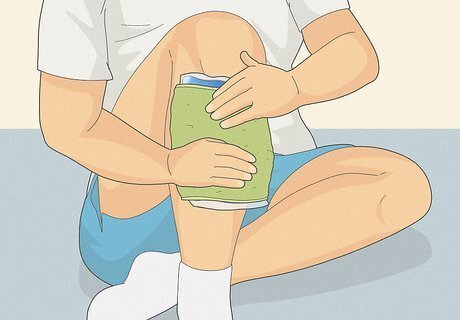
Ice your shins. Shin splints are most commonly caused by inflamed muscles, and icing them will ease the pain and reduce inflammation. Fill a food storage bag with ice, seal it, and wrap it in a thin towel. Apply it to your shins in 20-minute intervals. Don't apply ice directly to your body, since you could damage your skin.
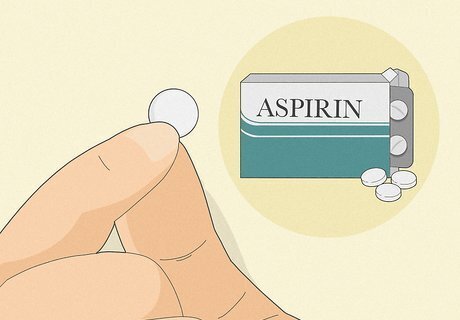
Take non-steroidal anti-inflammatory drugs (NSAIDs). Drugs containing ibuprofen, naproxen or aspirin help reduce inflammation and relieve pain. Make sure you take only the recommended dosage, since NSAIDs can lead to an increased risk of bleeding and ulcers. Don't medicate with NSAIDs as a way to kill the pain to allow you to exercise as usual; that's treating the symptom, not the problem, and you'll only make your shin splints worse.

Go to the doctor. If your shin splints are making it difficult to get up and walk without pain, you should seek medical care. You may have fractures in your bones that are causing your legs to hurt. In rare cases, surgery is required to treat stress fractures and other causes of shin splints.
Physical Therapy for Shin Splints
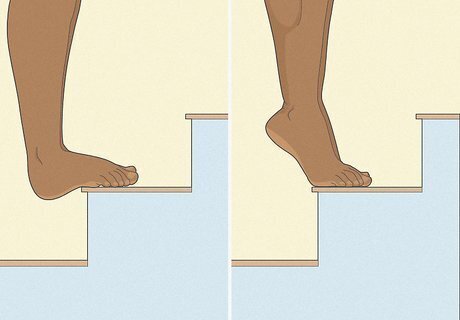
Stretch in the morning. Keep your muscles limber by stretching them before you go about your day. Try these stretches to help your shin splints heal more quickly: Do a stair stretch. Stand on a step or a stair so that your toes hang over the edge. Point your toes downward, then stretch them toward the ceiling. Repeat 20 times, rest for a few seconds, then repeat 20 more times. Stretch by kneeling. Kneel with the tops of your feet flat against the floor, then slowly sit back onto your feet. You should feel your shin muscles stretching. Stretch your Achilles tendon if you feel pain on the inside of the shin, which is most common. If you feel pain on the outside of the leg, stretch your calf muscle.
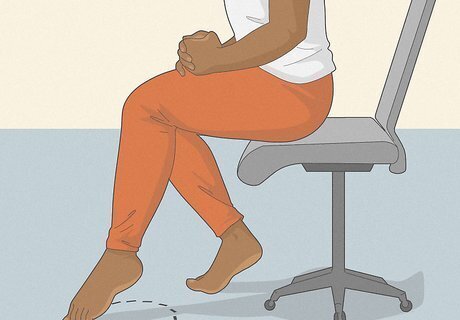
Strengthen the shin muscles. Doing these exercises a few times a day instead of running will help heal your muscles in no time. Trace shapes or the alphabet on the floor with your toes, while in a sitting position. Walk on your heels for 30 seconds at a time and then switch to regular walking for another 30 seconds. Repeat 3 or 4 times.

Use massage to soothe your muscles and increase blood flow. To massage your muscles, apply oil to your shins. Then use your fingers to rub the oil into your muscles. Move your hands up toward your heart, which is the direction your blood flows. Continue to massage your muscles for 5-10 minutes. Don't rub down your legs opposite blood flow, as it can damage your veins. Avoid rubbing your bone or ligaments directly, which can increase your pain.

Relax your muscles with a foam roller. You can release built up tension in your muscles and increase blood flow by rolling a foam roller under them. Place the foam roller on the floor, then kneel on top of it. Gently roll yourself back and forth on the foam roller, massaging your shins between your knees and ankles. You can get a foam roller at a sporting goods store or online.

Return to running slowly. Increase your mileage by no more than 10 percent each week. If you feel the shin splints coming back, cut back on running until the pain goes away.
Preventative Strategies
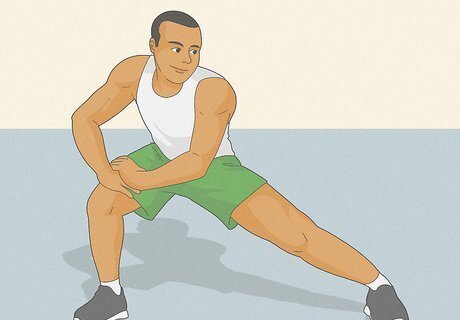
Warm up before exercising. Make a habit of warming up before running, sprinting, or playing sports like soccer and basketball that require a lot of heaving footwork. Do a light one-mile jog before going on longer runs. Walk briskly for a block or two before you break into a run.
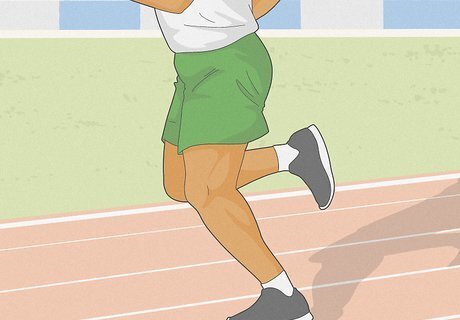
Use good form when running. Poor form can increase your risk of developing shin splints. As you run, don't strike your feet on the heel or toe. Instead, land on the center part of your foot. Additionally, slowly increase your speed and distance so that you don't push yourself too hard or compromise your form. Ask someone to watch or film you run for 5-10 minutes so you can easily check your form.
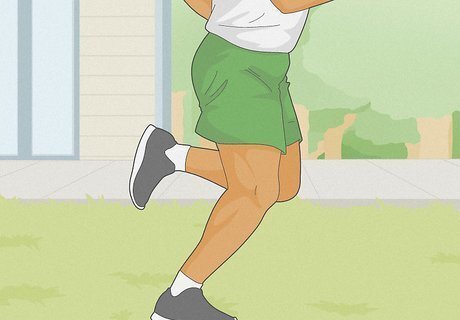
Work out on soft surfaces. Shin splints can be caused by running on pavement or concrete surfaces, since the shin bears the brunt of the impact. Try running on dirt paths or grass instead of the road or the sidewalk. If you must run on the road, mix up your routine with biking, swimming and other cross training exercises so you aren't pounding the pavement every day.
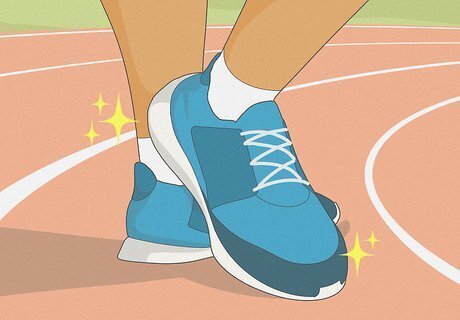
Replace your running shoes. If your shoes are worn out, new shoes with more cushioning can help disperse stress on the shin. If you have an overpronation or over supination, buy shoes designed to help with this problem.
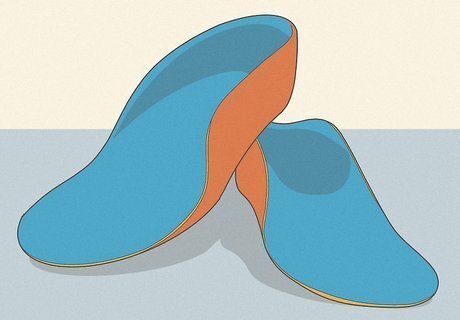
Try orthotics. If you're prone to getting shin splints, you may want to ask your doctor to fit your feet with orthotics or arch supports. These are special shoe inserts that will change the way you strike the ground with your feet and prevent your legs from getting overstrained.

Cross train using low impact exercises. Running takes a toll on your body, so doing it every day can increase your risk of overworking your muscles. Cross training allows you to stay active without overworking yourself. Choose low impact exercises like swimming, cycling, yoga, or aerobics.
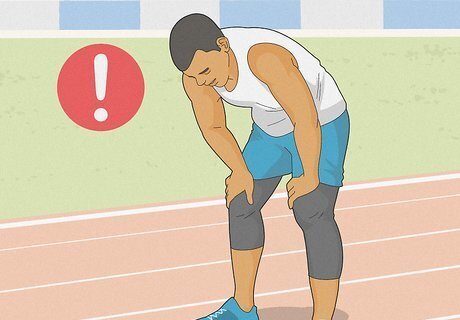
Avoid overtraining. Slowly increase your speed and distance, giving yourself plenty of time to adjust. Additionally, give yourself time to rest and recover between workouts. If you start to feel pain or discomfort, slow down or take a break. Listen to your body and don't push it farther than it's ready to go.


















Comments
0 comment